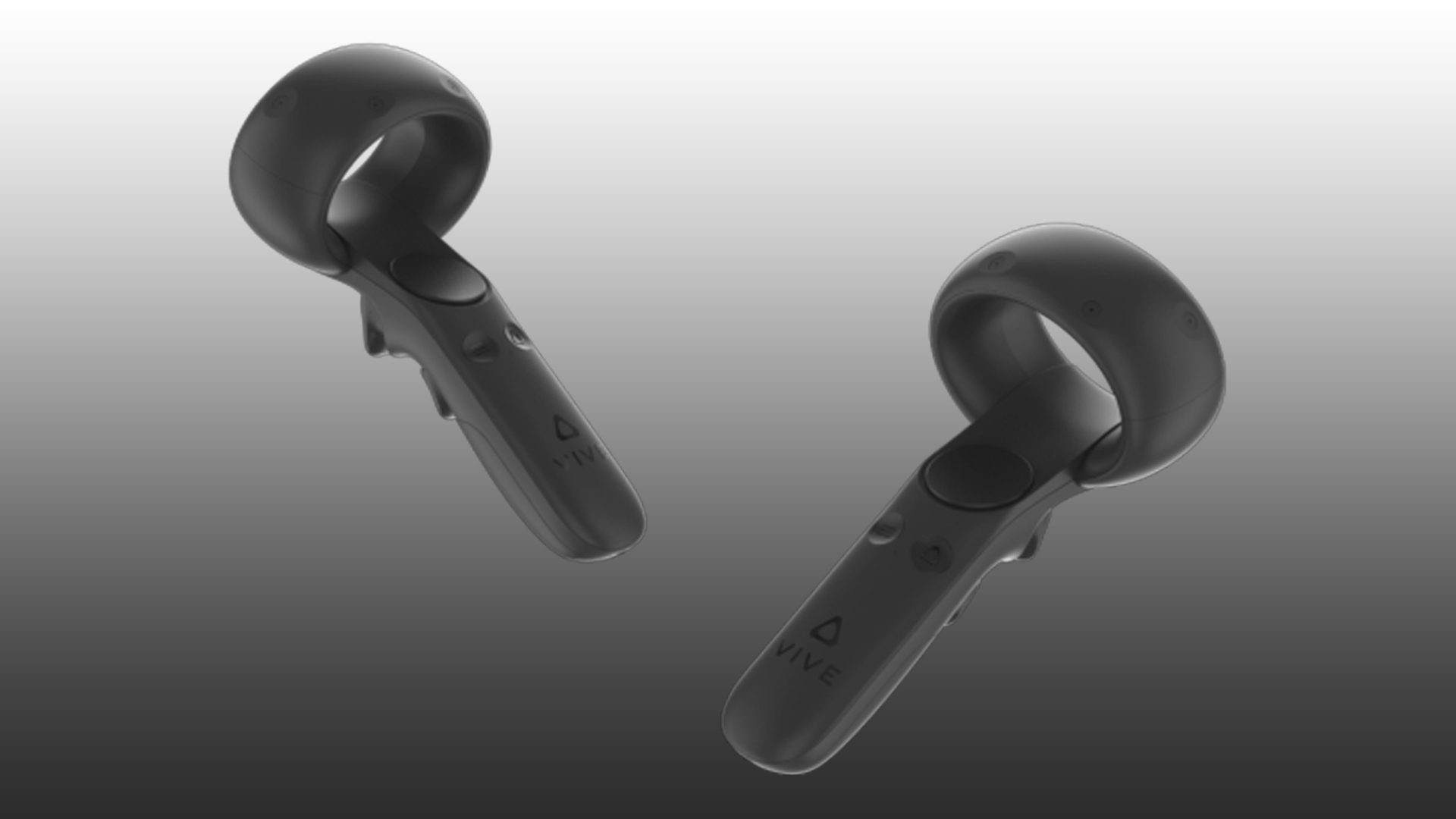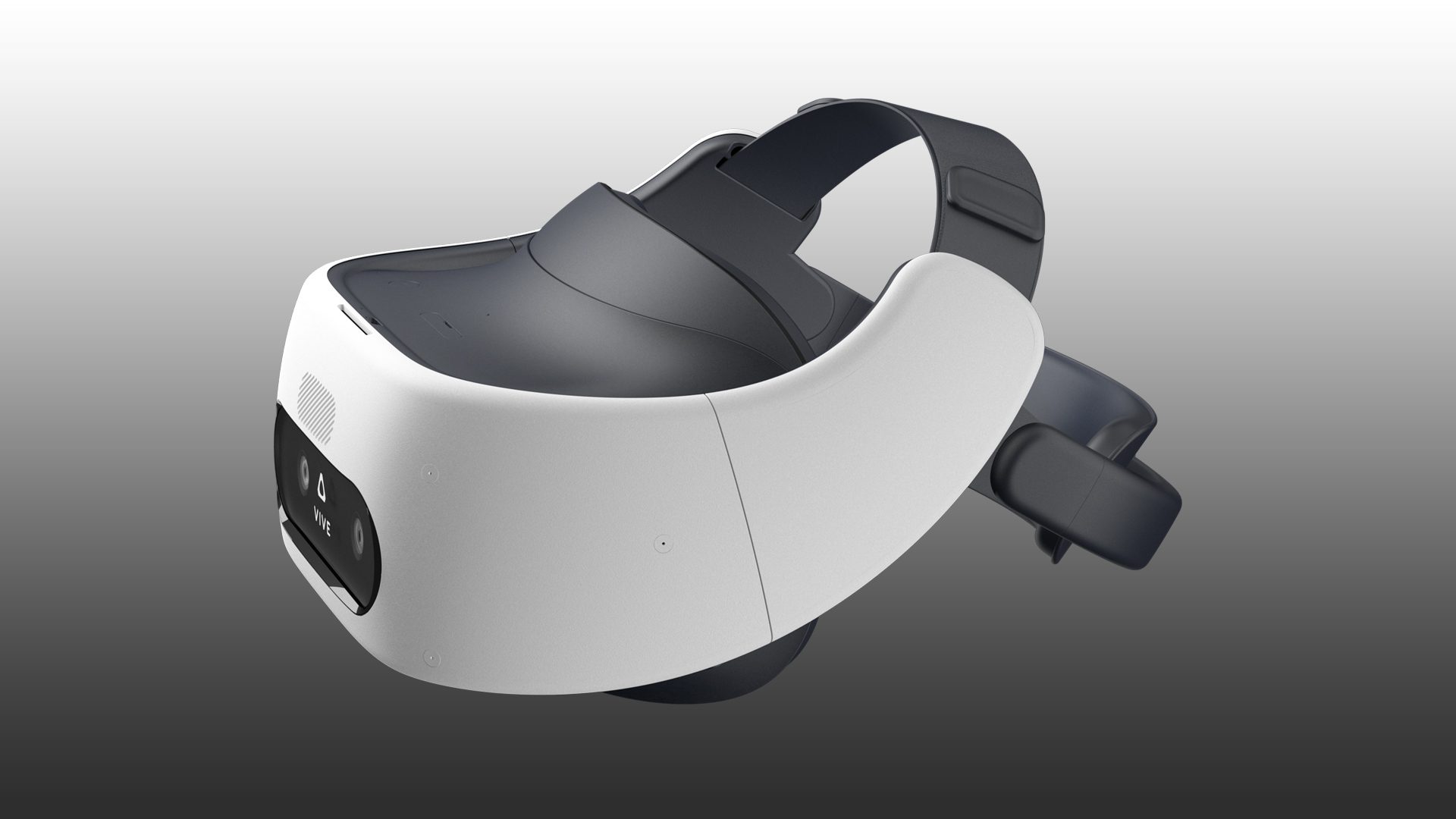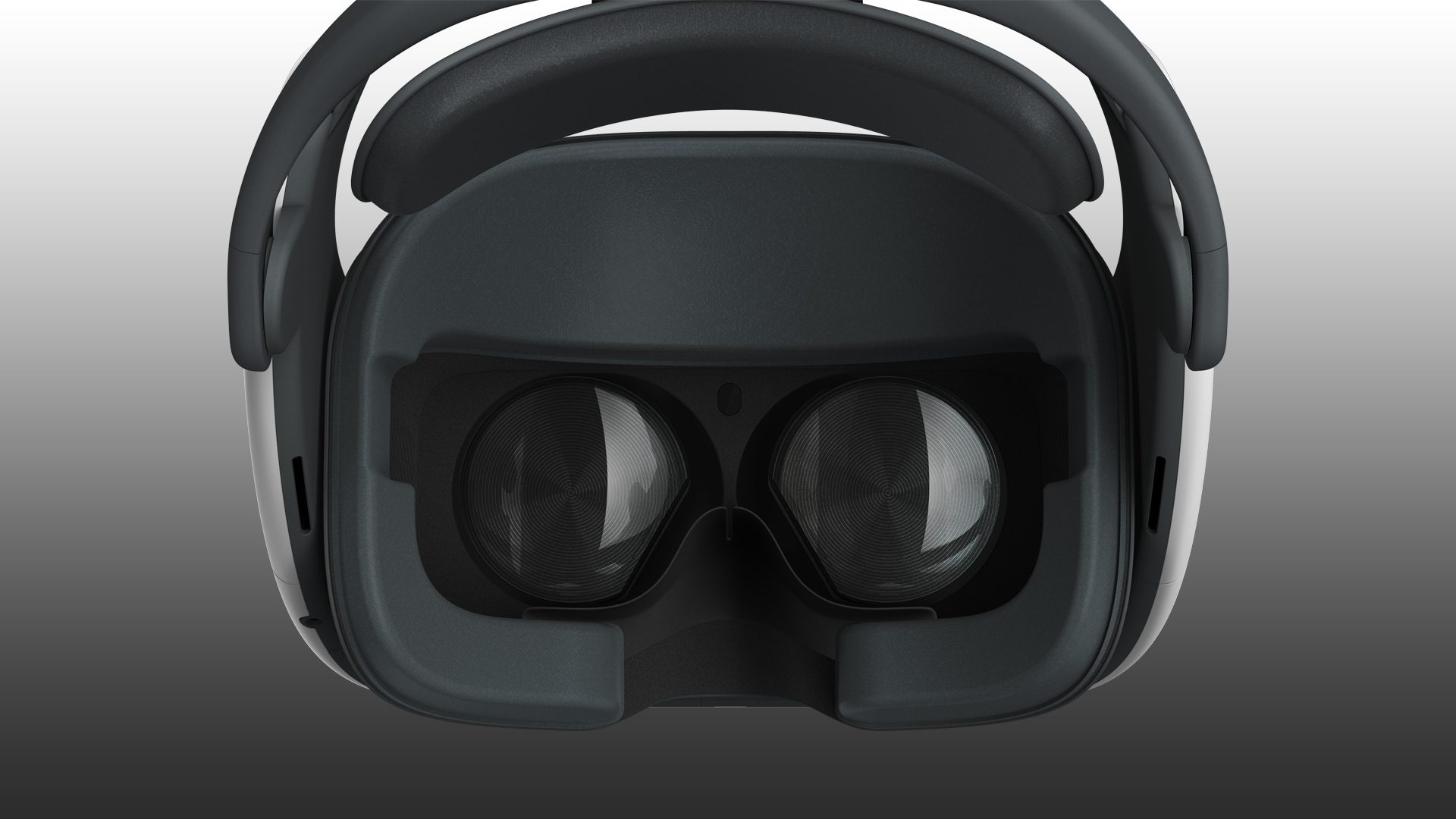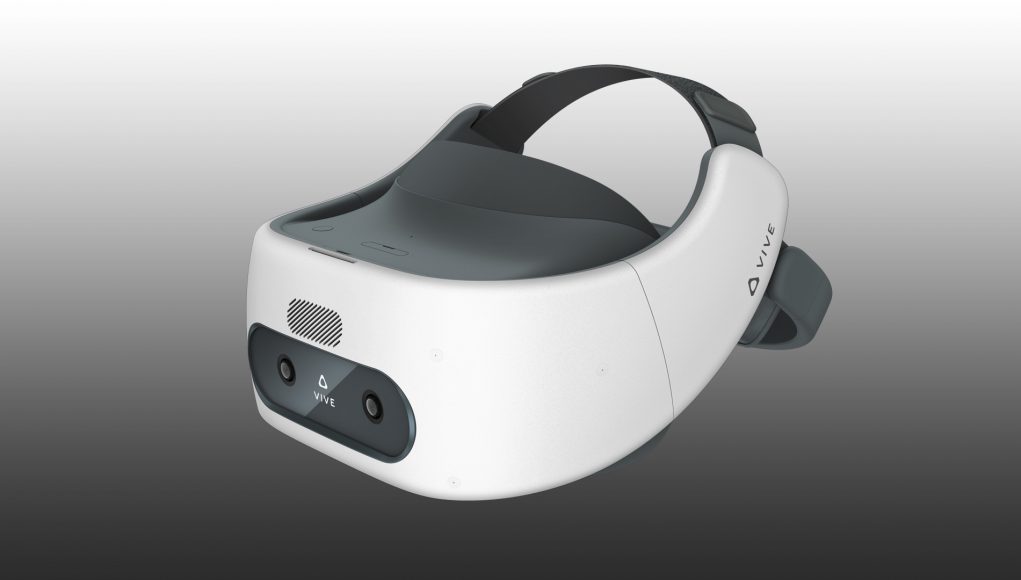HTC today announced its planning to release a new version of Vive Focus targeted at enterprise users, this time including integrated hardware support for two ultrasonically-tracked 6DOF controllers. Enter Vive Focus Plus, a truly standalone 6DOF VR headset.
Update (12:35 PM ET): A previous version of this article stated that it appeared the Vive Focus Plus has the same Fresnel lenses as the Vive Focus. HTC reached out to us, telling us the lenses in Vive Focus Plus are indeed new, and result in “visibly better graphics.”
We’ve also obtained a copy of the specs list, which has been included at the bottom of the article.
Furthermore, HTC says that more information around pricing and launch date will come at the Vive Ecosystem Conference (VEC) in late March. We’ve included all of this in the body of the article.
The company’s original Vive Focus first launched to consumers in China early last year with a single 3DOF controller (rotation only). While the $600 standalone headset has since made its way westward, shifting away from consumers and emphasizing its use in the enterprise market, the controller remained a sticking point for users and developers who found its 6DOF optical head tracking and 3DOF controller tracking to be pretty strange bedfellows.
Unsurprisingly, Vive Focus Plus essentially incorporates the same technology found in the company’s Vive Focus 6DOF controller dev kit, which shipped out to developers a few months ago as a snap-on faceplate and two ultrasonically tracked controllers created by Chirp Microsystem’s (now owned by TDK).

Now that the tech is totally integrated, the only apparent differences from the original and Vive Focus Plus are the black and white color scheme and a few barely visible dimples embedded on the front a sides of the unit (seen below) where ultrasonic sounds are emitted and received by its controllers.
This presumably allows for the same ~180-degree controller tracking volume as the dev kit, although besides the addition of 6DOF controllers apparently not much else has changed about the headset itself from a hardware standpoint.

Like the original Vive Focus it has the same Qualcomm Snapdragon 835 SoC, and the same single AMOLED display at 2,880 × 1,600 (1,660 × 1,600 per lens) resolution; it appears to have the same Fresnel lenses too(see update). HTC says however that the headset’s ergonomics have been refreshed to be more comfortable, and ‘rest easier’ on users’ heads and that the lenses are new too, resulting in a “visibly better graphics.”
Vive Focus Plus is slated to launch in Q2 2019 via the company’s website in 25 markets worldwide, supporting 19 languages. In most markets, the company says, Vive Focus Plus will include an enterprise license for use at no additional cost.
HTC hasn’t released pricing info yet, although the company says more information around pricing and launch date will come at the Vive Ecosystem Conference (VEC) in late March.

With the enterprise market in sight, Vive Focus Plus is said to ship with full enterprise support, as well as professional features including Kiosk Mode, Gaze Support, and device management tools to remotely enroll, monitor, and manage multiple headsets all at once. The company also highlights a few enterprise use cases already in the works including a full 6DOF medical training app by SimforHealth, and an occupational heath & safety app by Immersive Factory.
Just like the original Vive Focus though we suspect there won’t be any real barriers for stalwart ‘prosumers’ to plonk down the cash and get one too. To that end, HTC Vive Americas general manager Daniel O’Brien says Vive Focus Plus “furthers [their] commitment to rapidly iterate and refine the VR market for both businesses and consumers.”
Enterprise emphasis notwithstanding, Vive Focus Plus is powered by the company’s open source API, Vive Wave, and sources content from their digital distribution platform Viveport, making a more consumer-facing release not entirely out of the realm of possibility in the future—provided it gains a list of compatible games developed specifically for 6DOF controllers and has an attractive price tag to match the upcoming $400 Oculus Quest.
Moreover, HTC says that with Vive Wave and its SDK tools in hand that porting from PC-based VR apps to Vive Focus Plus “will be relatively easy for developers.”
HTC will be showcasing Vive Focus Plus alongside the new Vive Pro Eye at Mobile World Congress (MWC) in Barcelona, Spain, next week. We’ll have feet on the ground there, so make sure to check back soon for more info.
Vive Focus Plus Specs
- Display: 3K AMOLED (2880×1600)
- Processor: Qualcomm Snapdragon™ 835
- Audio: Built-in Speaker
- Tracking: Inside-out 6DoF
- Frame Rate: 75Hz
- Field of View: 110-degrees
- Battery: 4000 mAh (up to 2.5 hours* of active use time)
- Controller: 6DoF
- Data Connectivity: Wi-Fi® 802.11 a/b/g/n/ac (support 5G Hz only)
- Memory: 4/32 GB
- Connector: USB Type-C
- Charging: QC3.0
- Encryption: File-based (same security level as Android smartphone)







